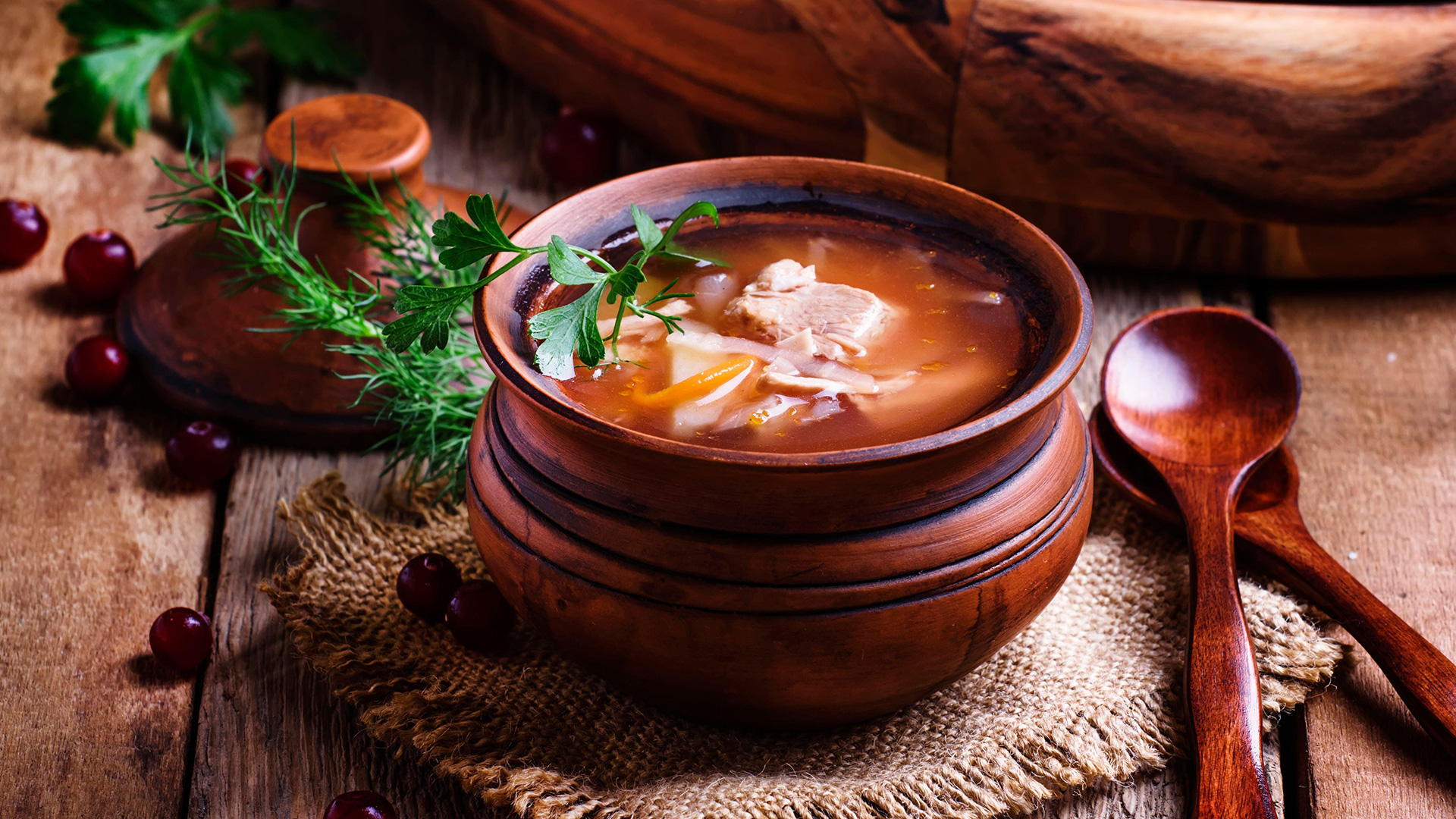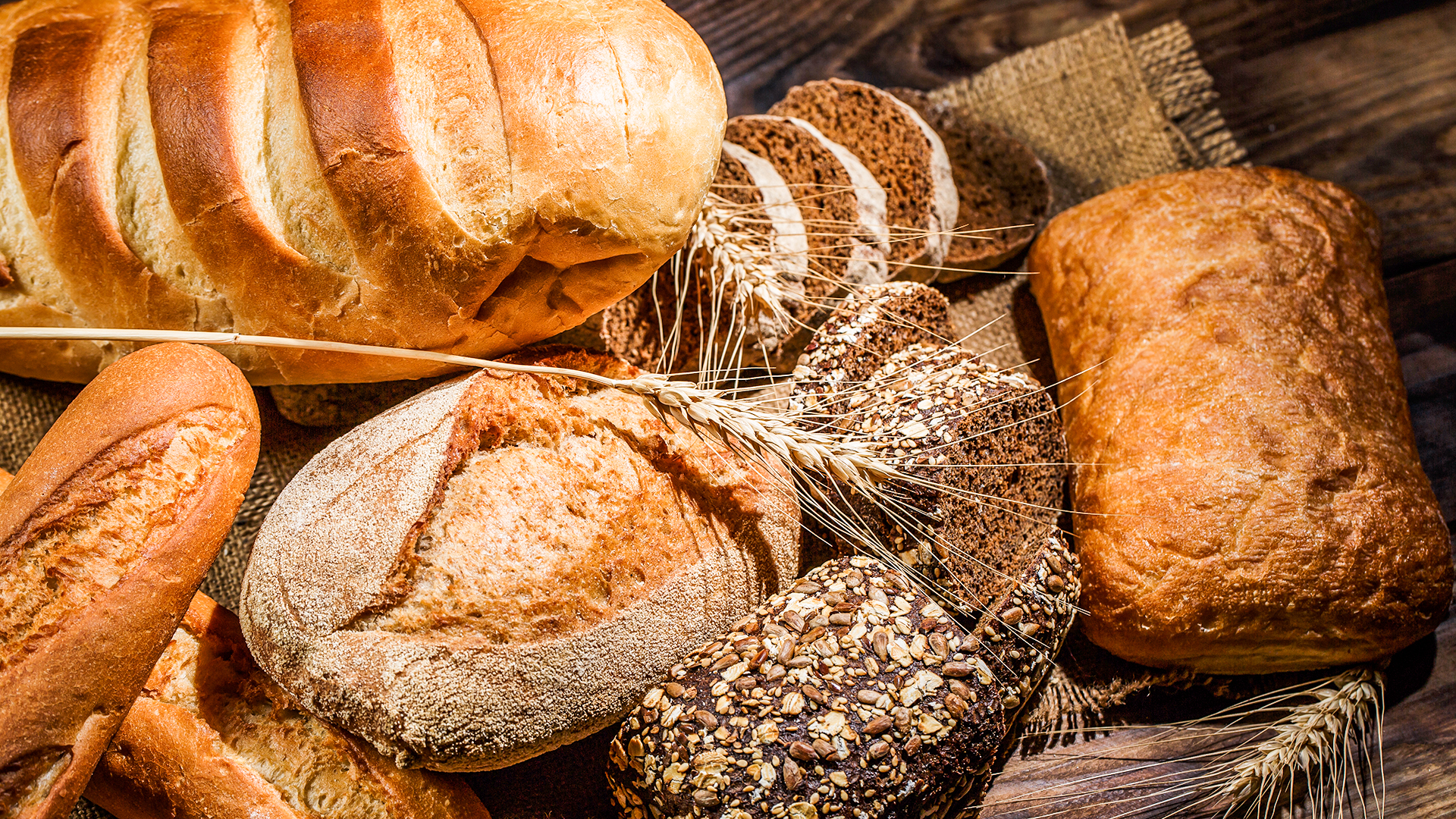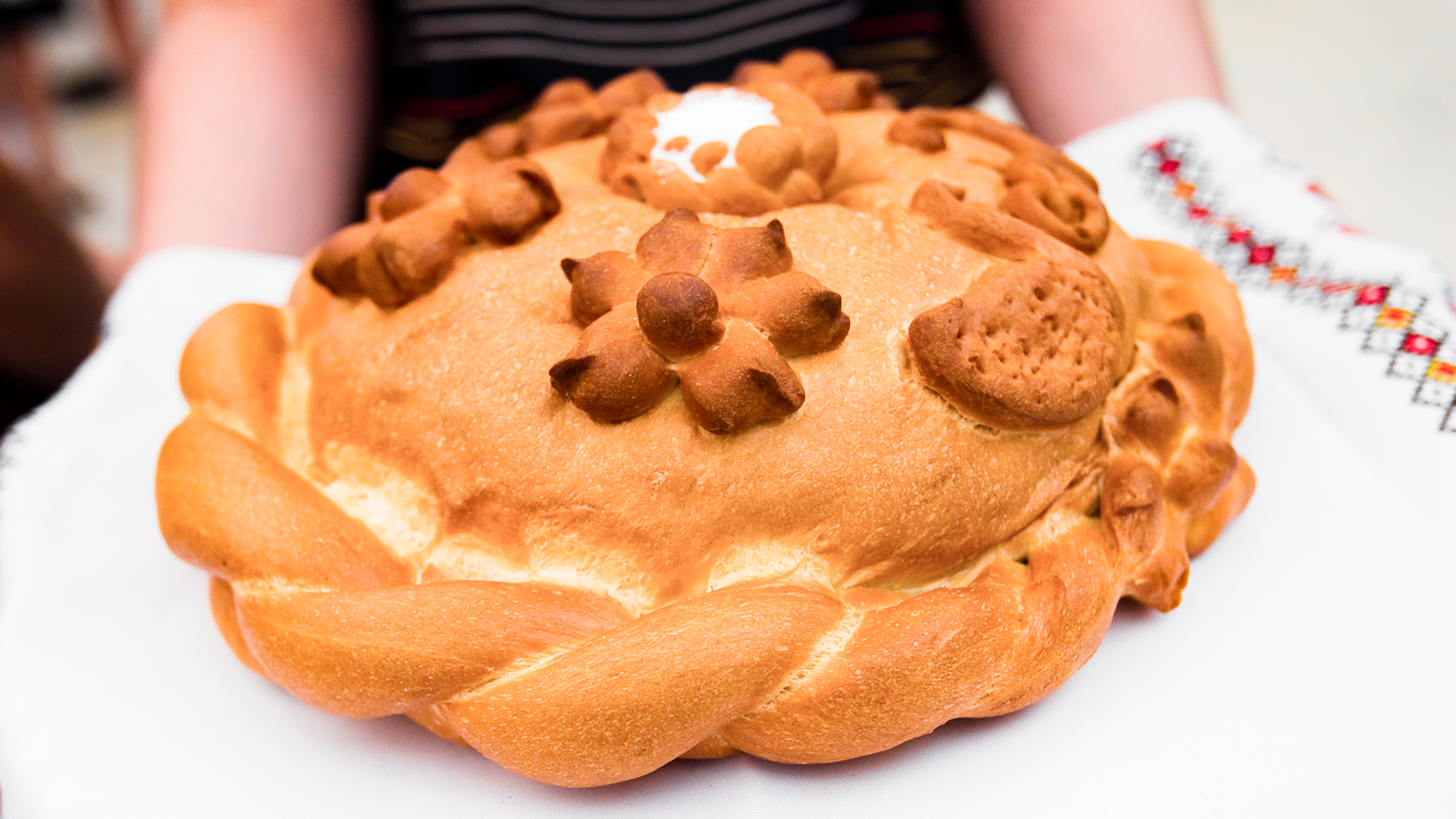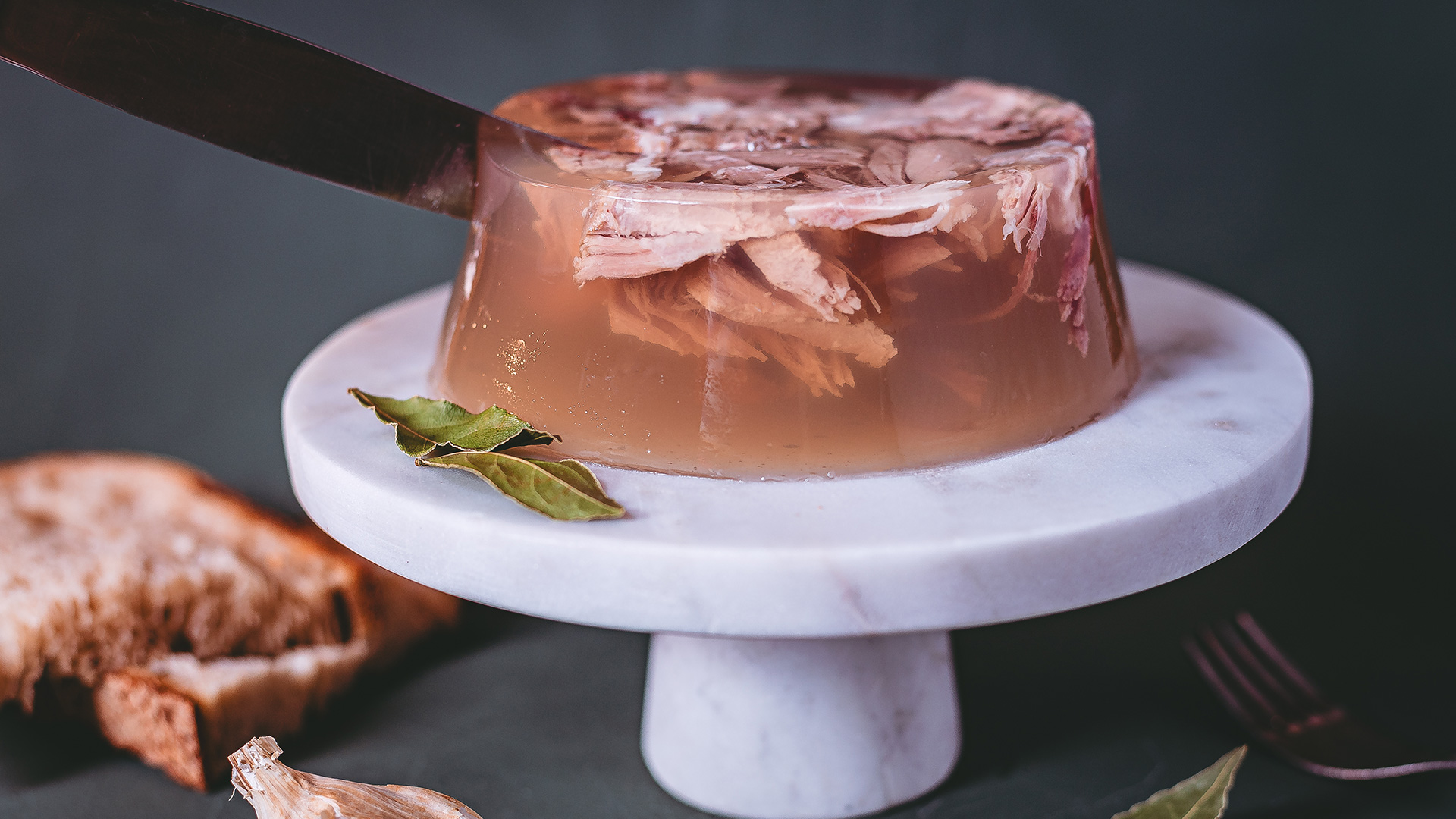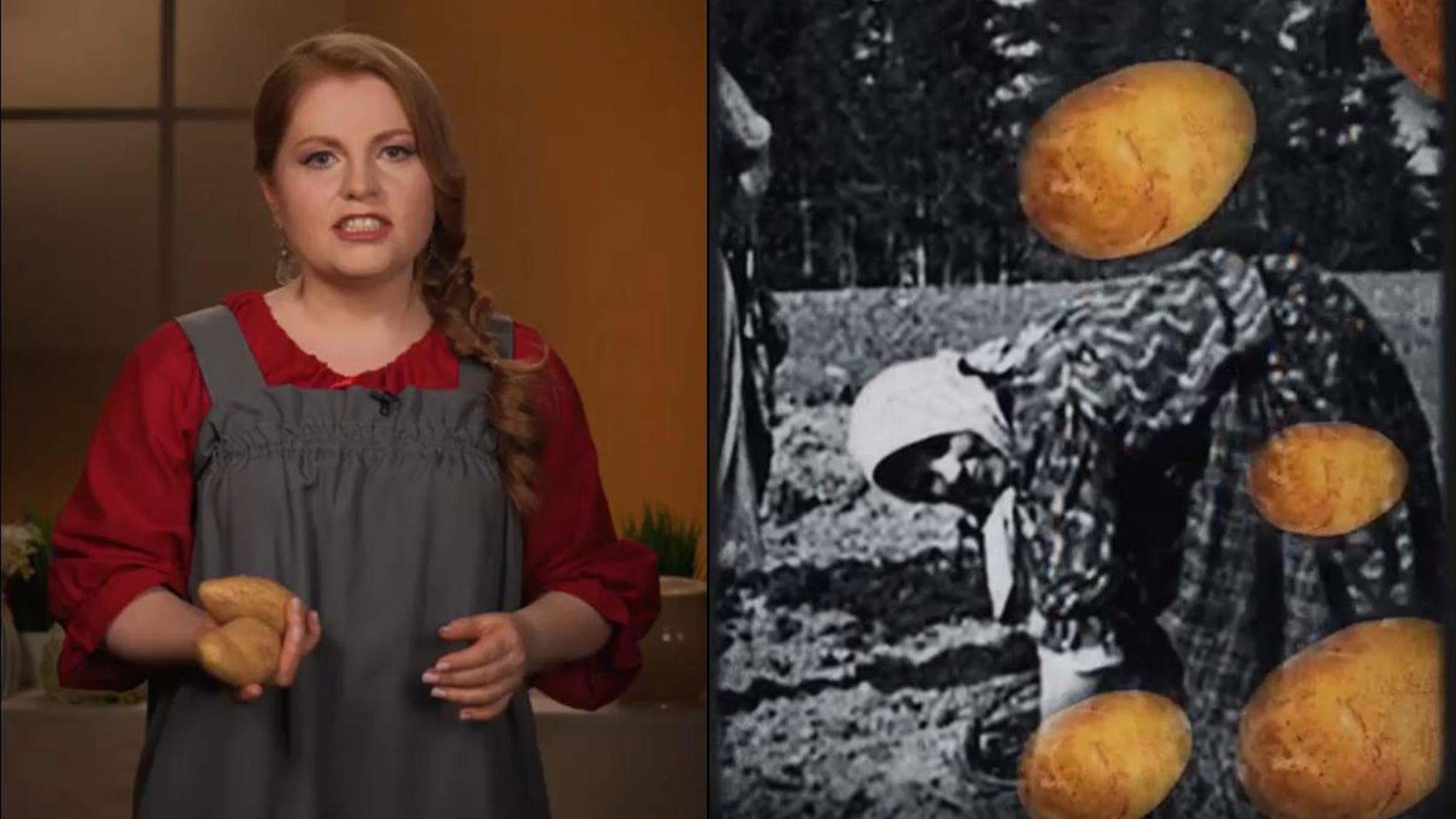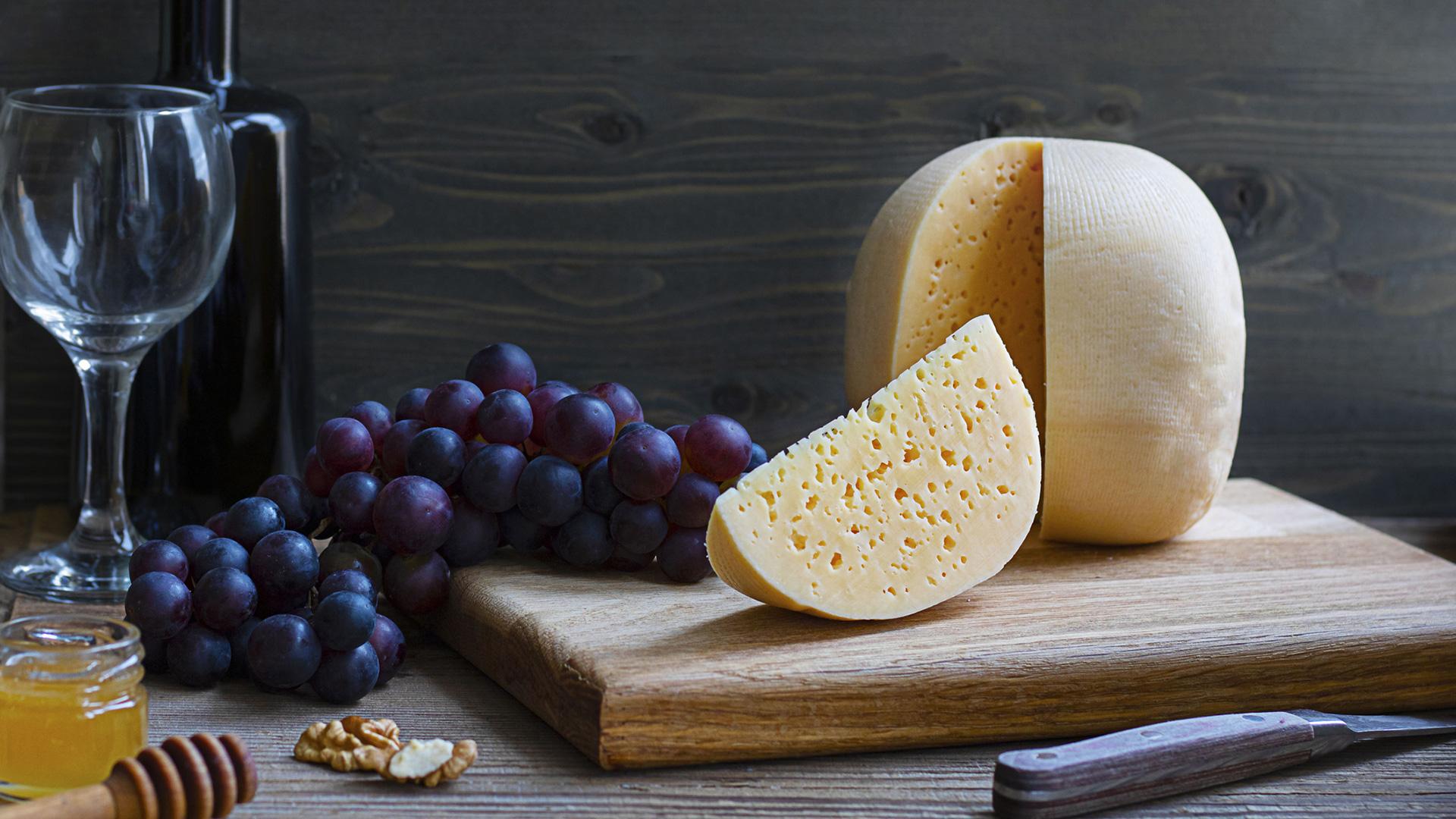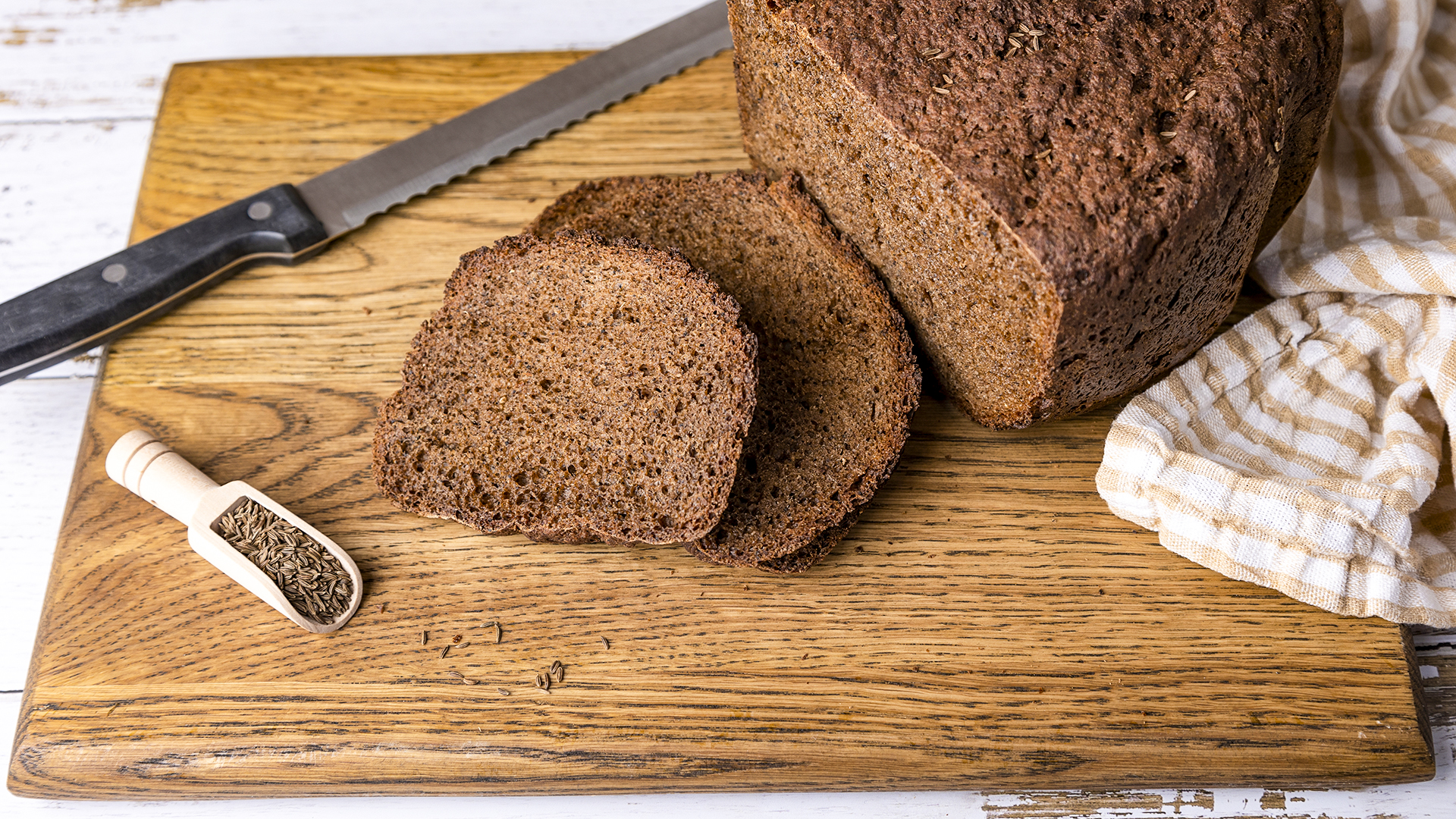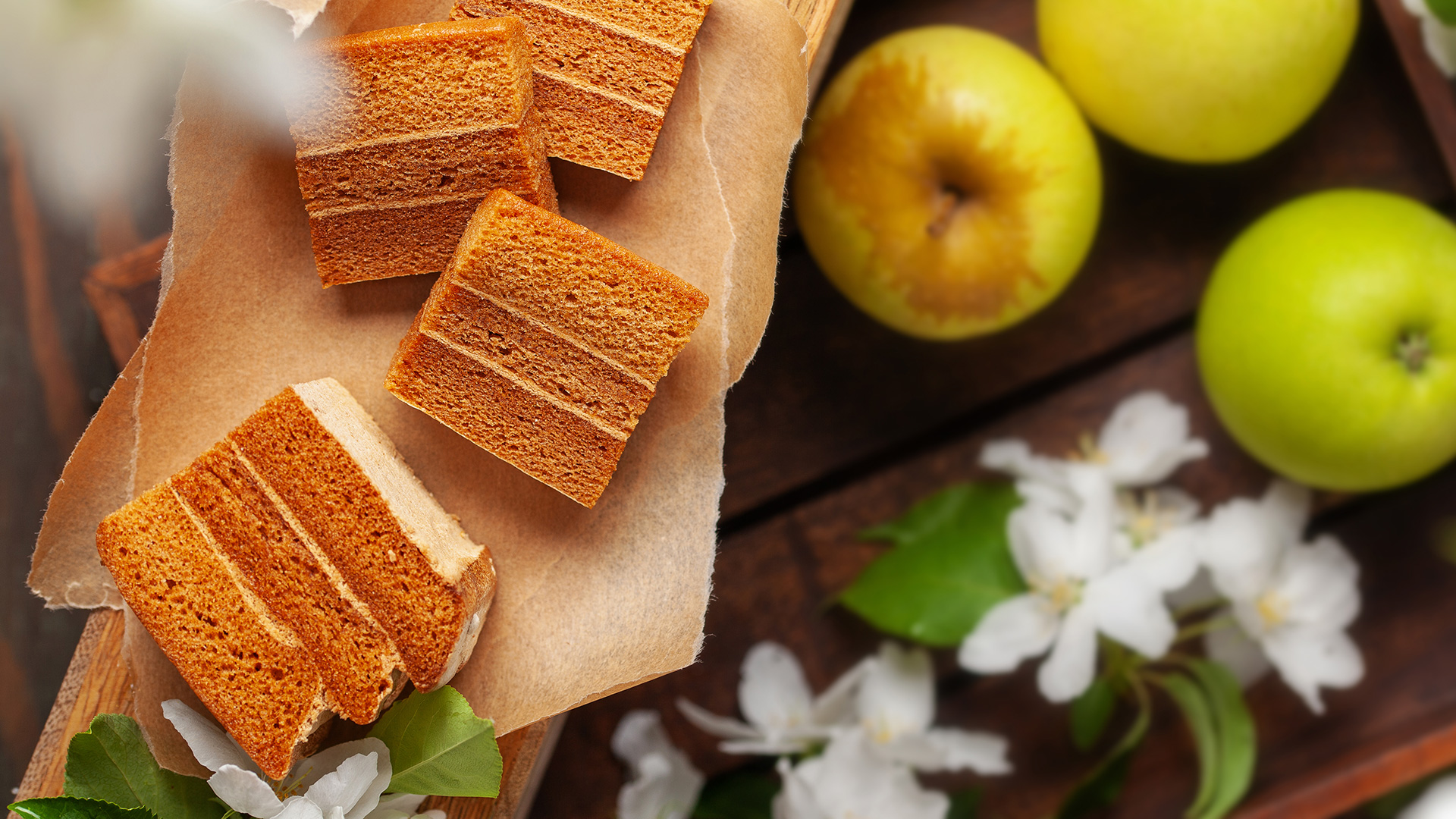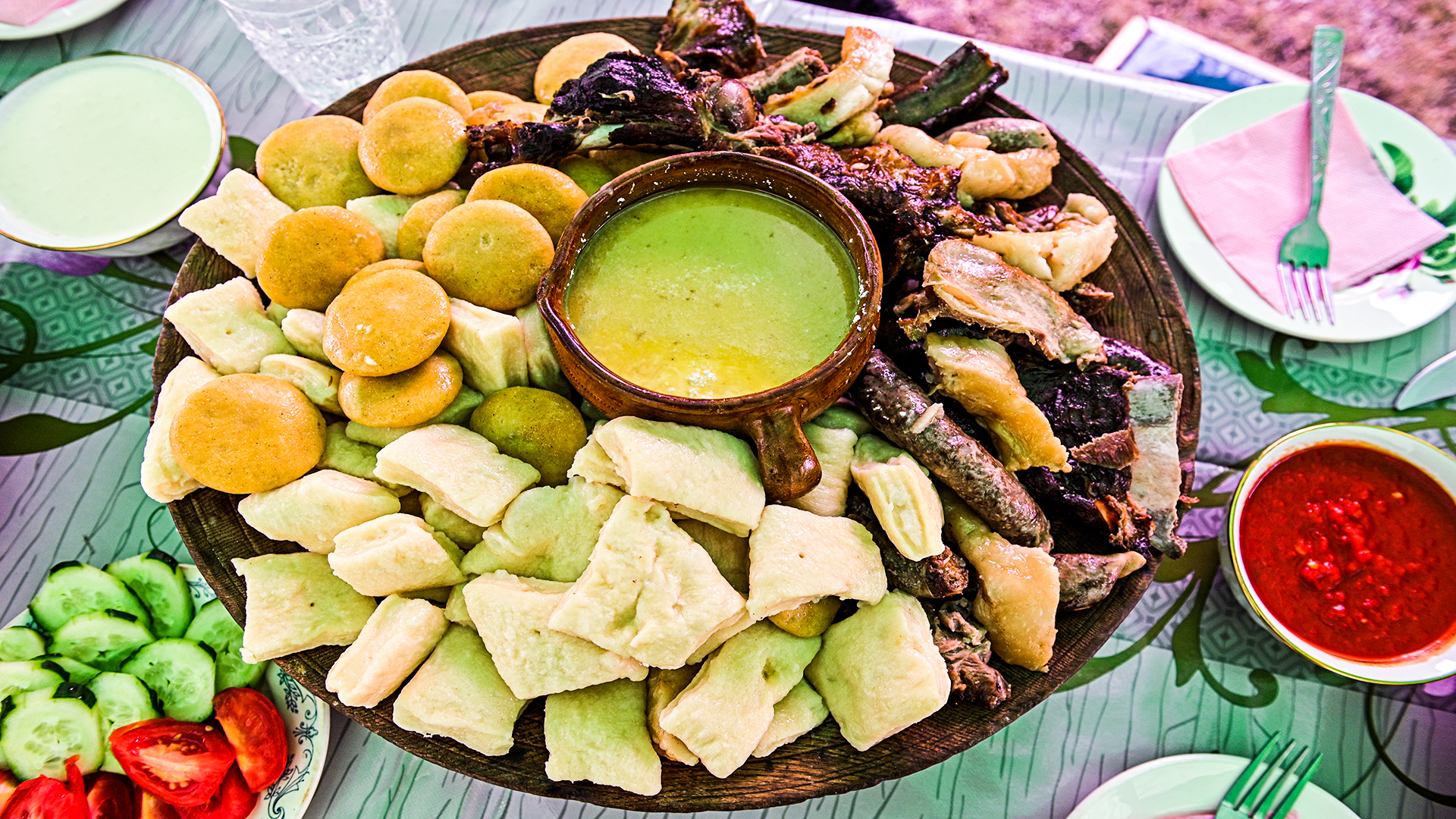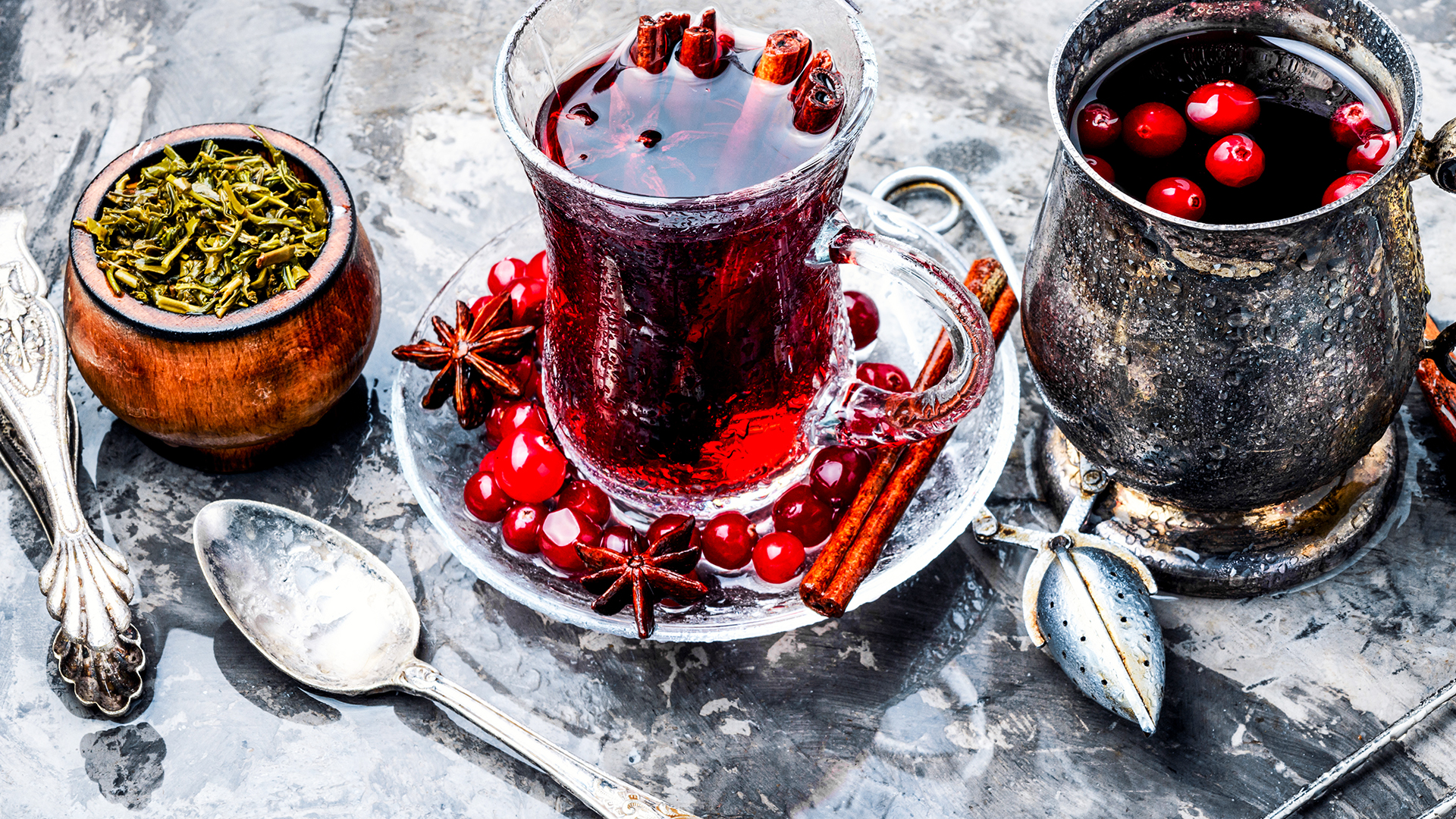
8 old Russian drinks for the hot SUMMER
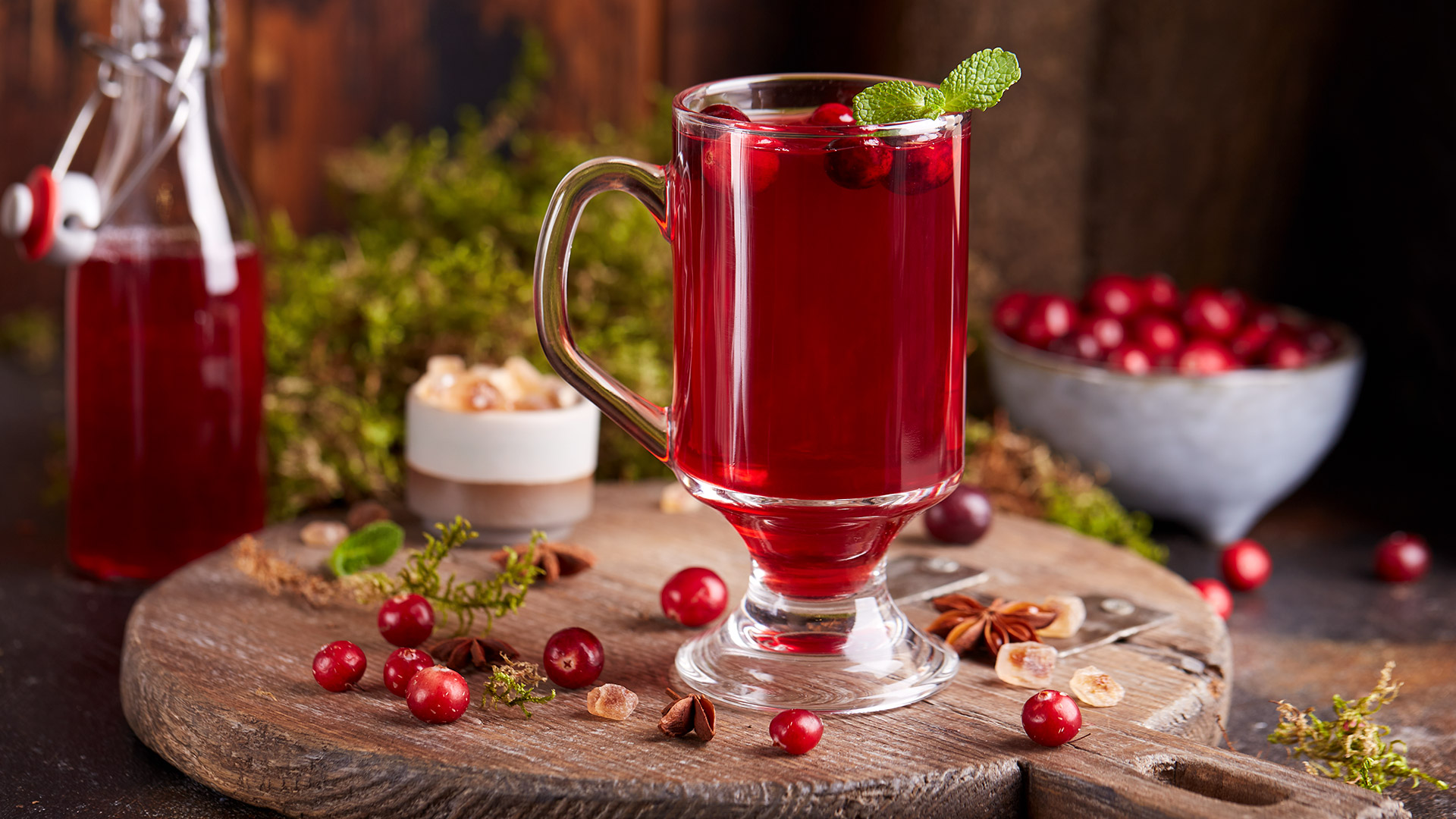
1. ‘Kvass’
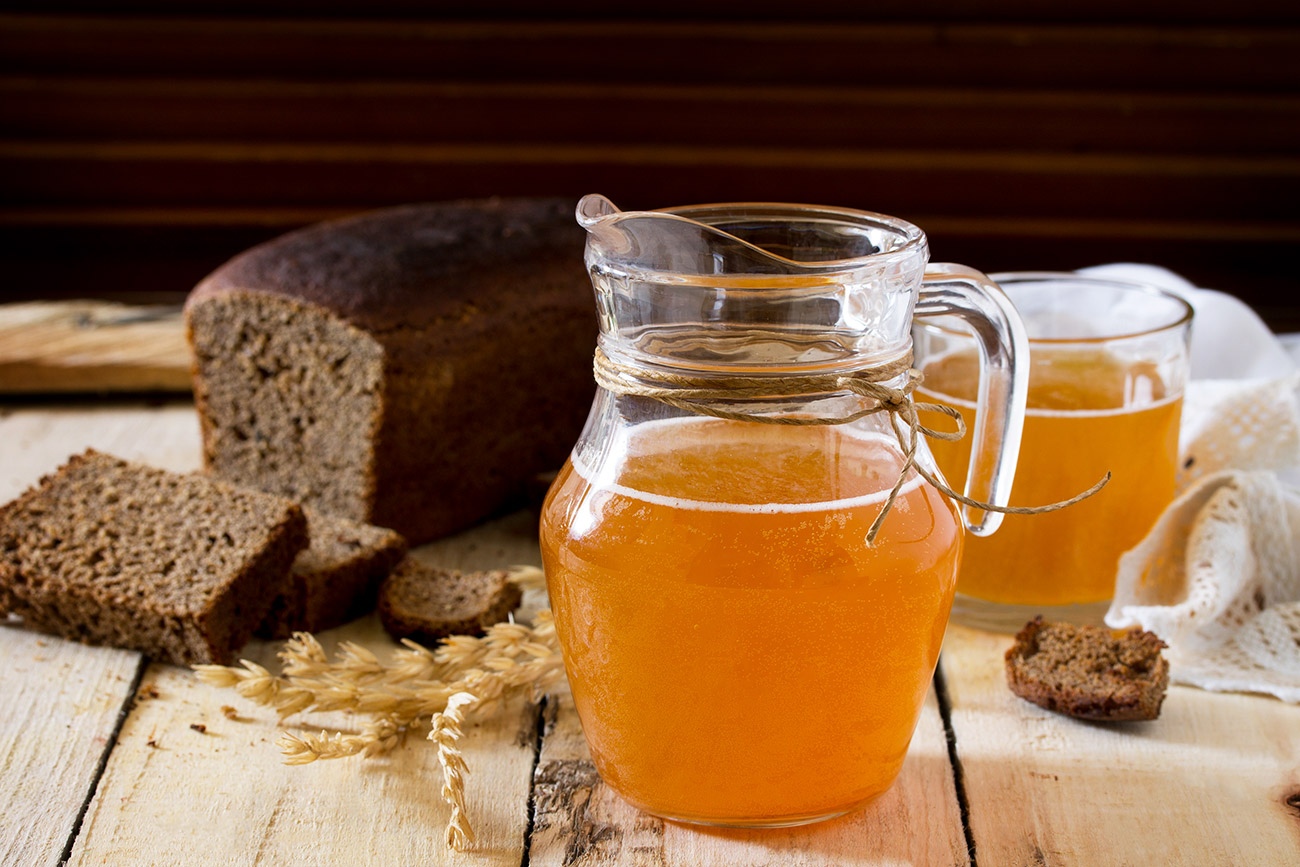
The everyday drink made from bread (yes, that’s correct!) not only quenched thirst, but also hunger. There are many recipes for making it, but the basis is common: First, a mash is made from malt, bread or flour and water – this mixture then has to ferment, after which honey, sugar, raisins, mint and other ingredients are added. And the result was a soft drink.
Englishwoman Catherine Wilmot wrote about ‘kvass’ in her memoirs about her stay in Russia, which was served in the house of Princess Dashkova: “I really liked the national drink of Russia – ‘kvass’; prepared in the kitchen of the princess, it tastes better than champagne, although, in other houses, it can be unbearable.”
Certain varieties of kvass were called ‘tvorennye’ (‘created’), which, in strength, could compete with wine.
The drink was sold by ‘kvasniks’: bathhouses were considered a busy place – overheated visitors rarely refused refreshing, sour ‘kvass’.
2. Fruit-flavored water
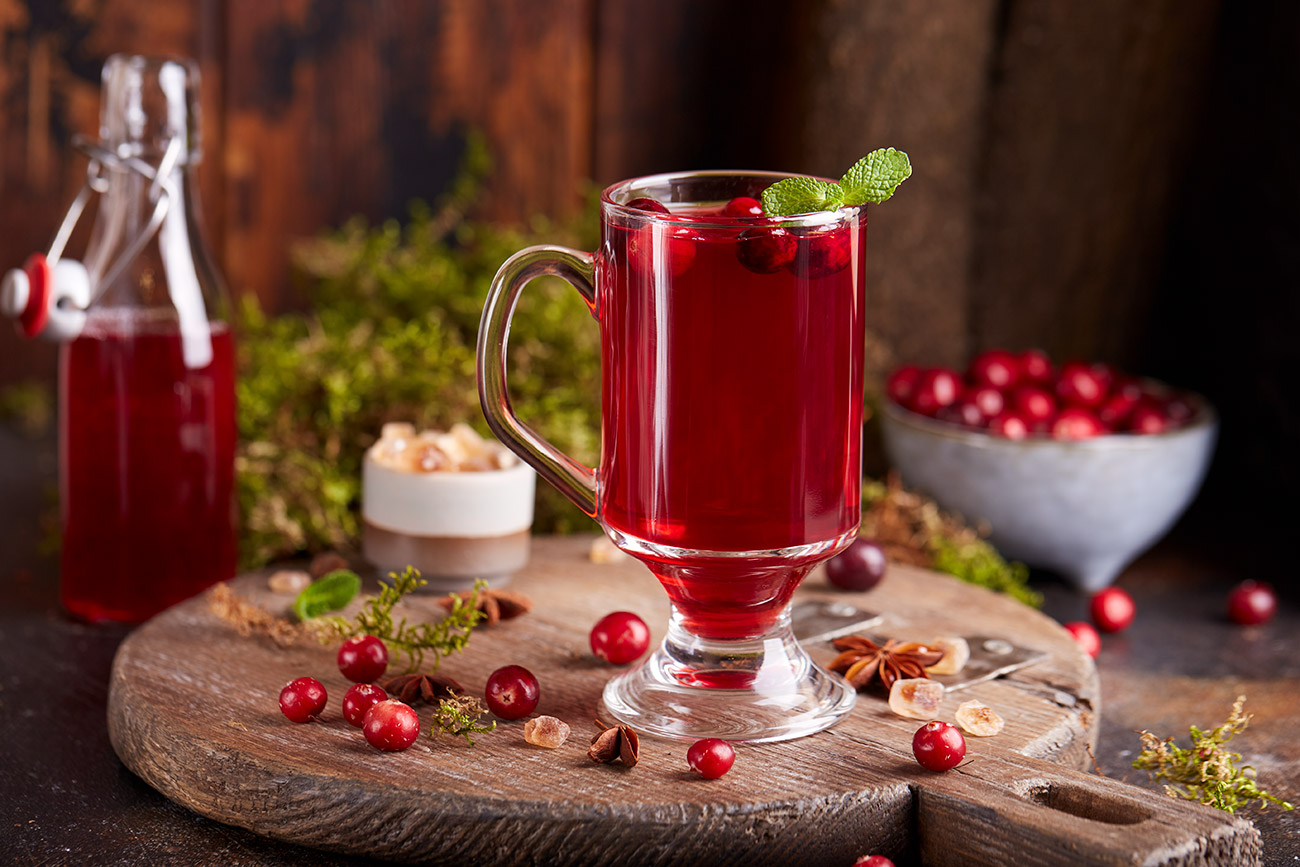
This drink, as is clear from the name, was prepared from fruits or berries with the addition of sugar. One of the most famous varieties is lemonade. Such drinks did not undergo heat treatment. It is no coincidence that, in Pushkin's ‘Eugene Onegin’, the main character is afraid of this drink: “I'm afraid lingonberry water would do me harm.” To avoid unpleasant consequences, alcohol was often added to fruit water. Famous local historian Vladimir Gilyarovsky once tried lingonberry water according to the recipe of Denis Davydov, a hero of the War of 1812: “Denis Vasilyevich blinked and the bathhouse attendant was already carrying two bottles of lingonberry water and a bottle of arak. And Denis Vasilyevich began pouring for himself and for us: half a glass of water, half a glass of arak. I tried it – it was delicious… I don’t remember how I got home!”
3. ‘Spikovki’
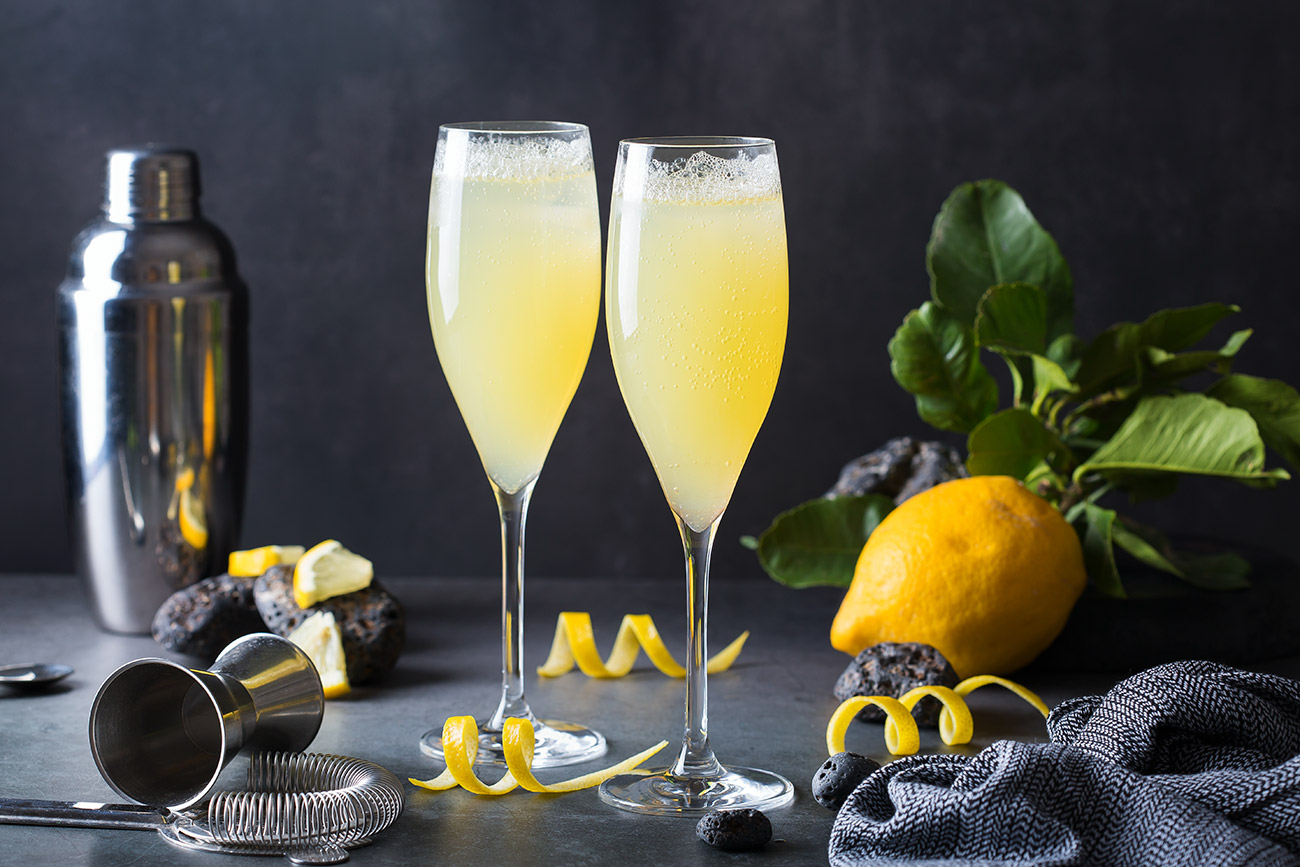
This was the name for “hoppy waters” or, more simply, fruit-flavored water after the fermentation process. The drinks with a bright taste were vaguely similar to sparkling wine – and hissed, escaping from the bottles. Hence their nickname. There were many varieties of ‘Spiky’ waters, including lemon, birch sap, apple and quince.
4. Sour ‘shchi’
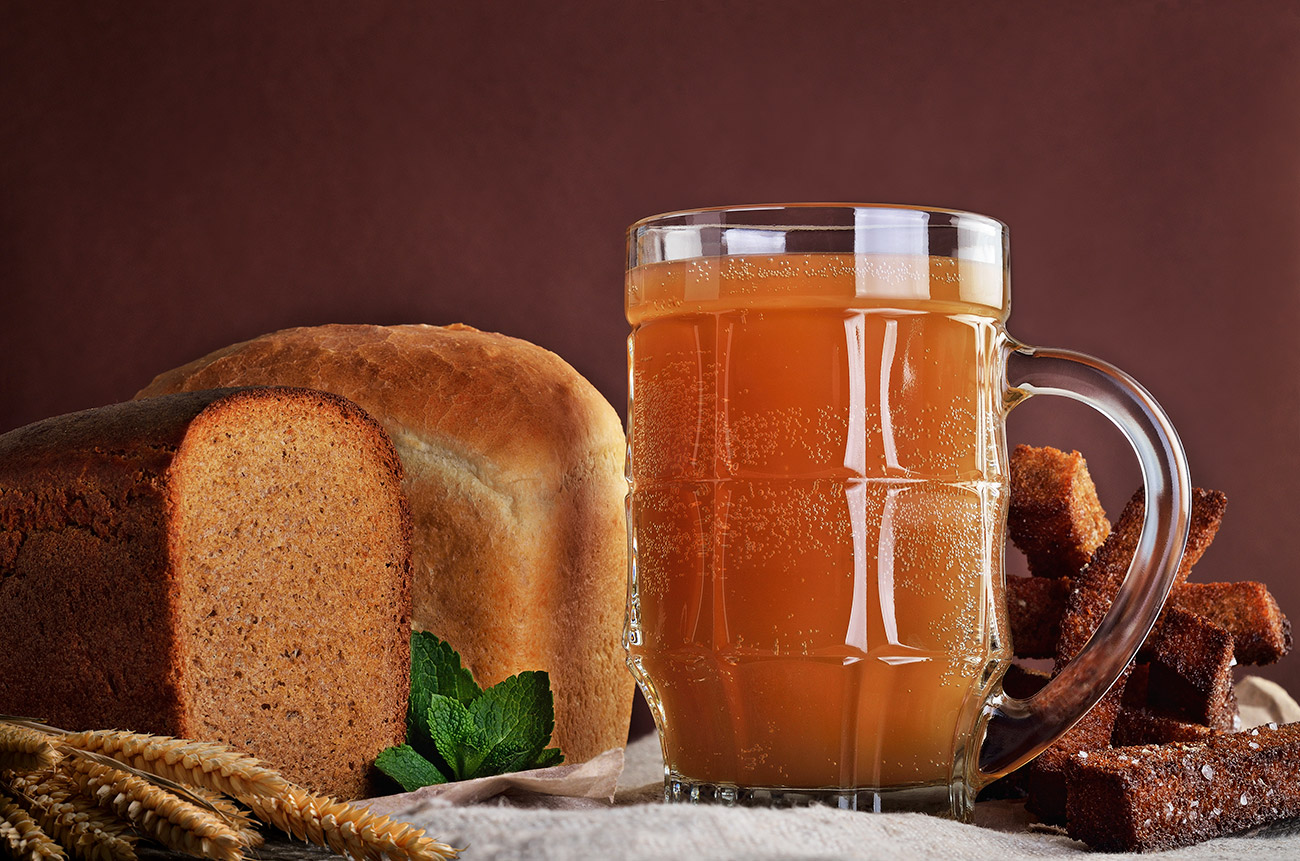
This is not only a soup, but also a highly carbonated soft drink, almost like a type of bread ‘kvass’. It used to be served in the same bottles as champagne. This sour cabbage based soup, despite its simplicity, was even popular among aristocrats. For example, Prince Yakov Shakhovskoy wrote in his memoirs about the brewery yard, “where, in the presence of Her Imperial Majesty in Moscow, half a pint and sour cabbage soup for her own consumption would be boiled and poured.”
5. ‘Kissel’

This thick drink is made from berries or fruits with added starch and can easily be considered a dessert. Depending on the starch consistency, it can be drunk or eaten with a spoon.
6. ‘Mors’

A decoction of berries or fruits with sugar or honey not only refreshes in the heat, but also has healing properties, due to their antioxidants and natural composition.
7. Compote
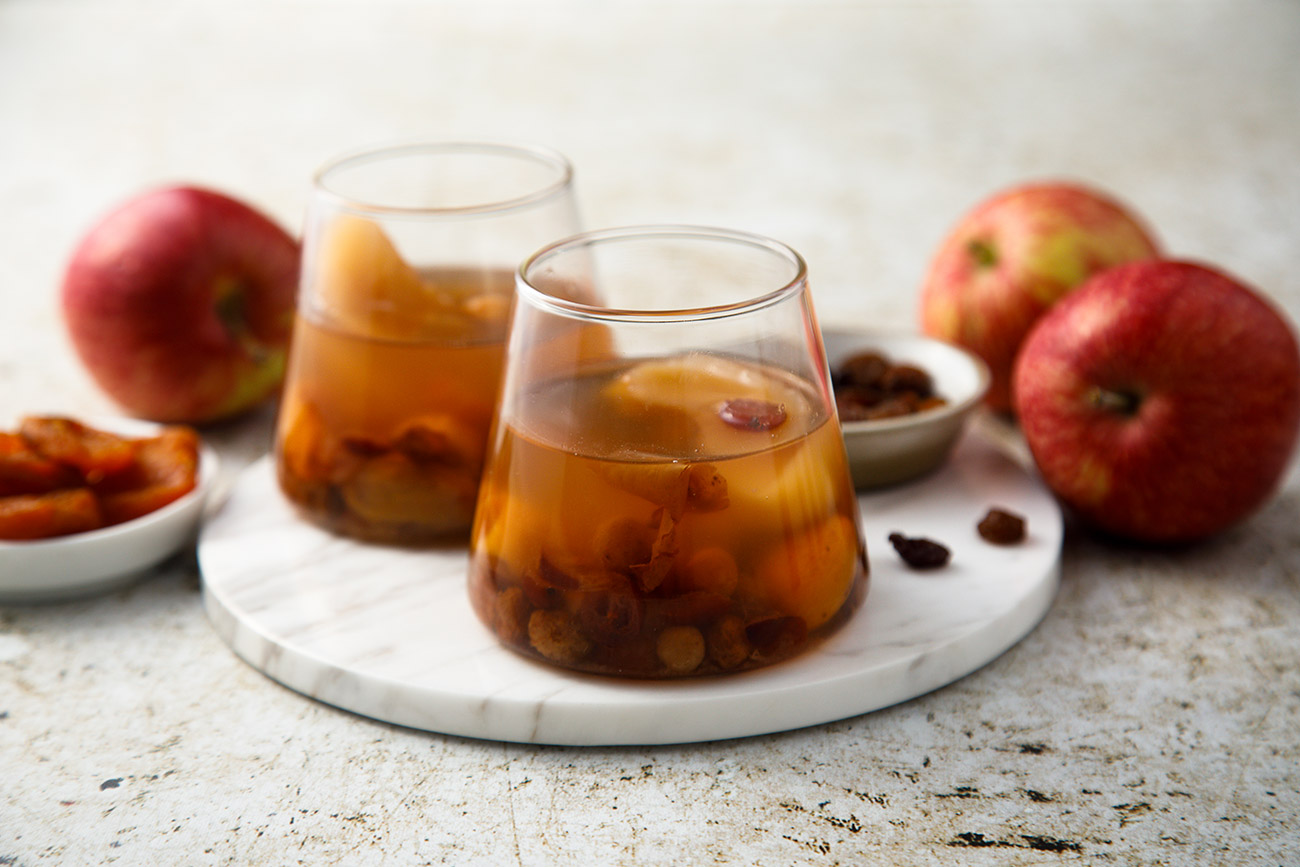
Unlike ‘mors’, compotes were cooked not only from fresh, but also dried fruits. The cooking process was longer and the drink was served with actual pieces of fruit.
8. ‘Sbiten’
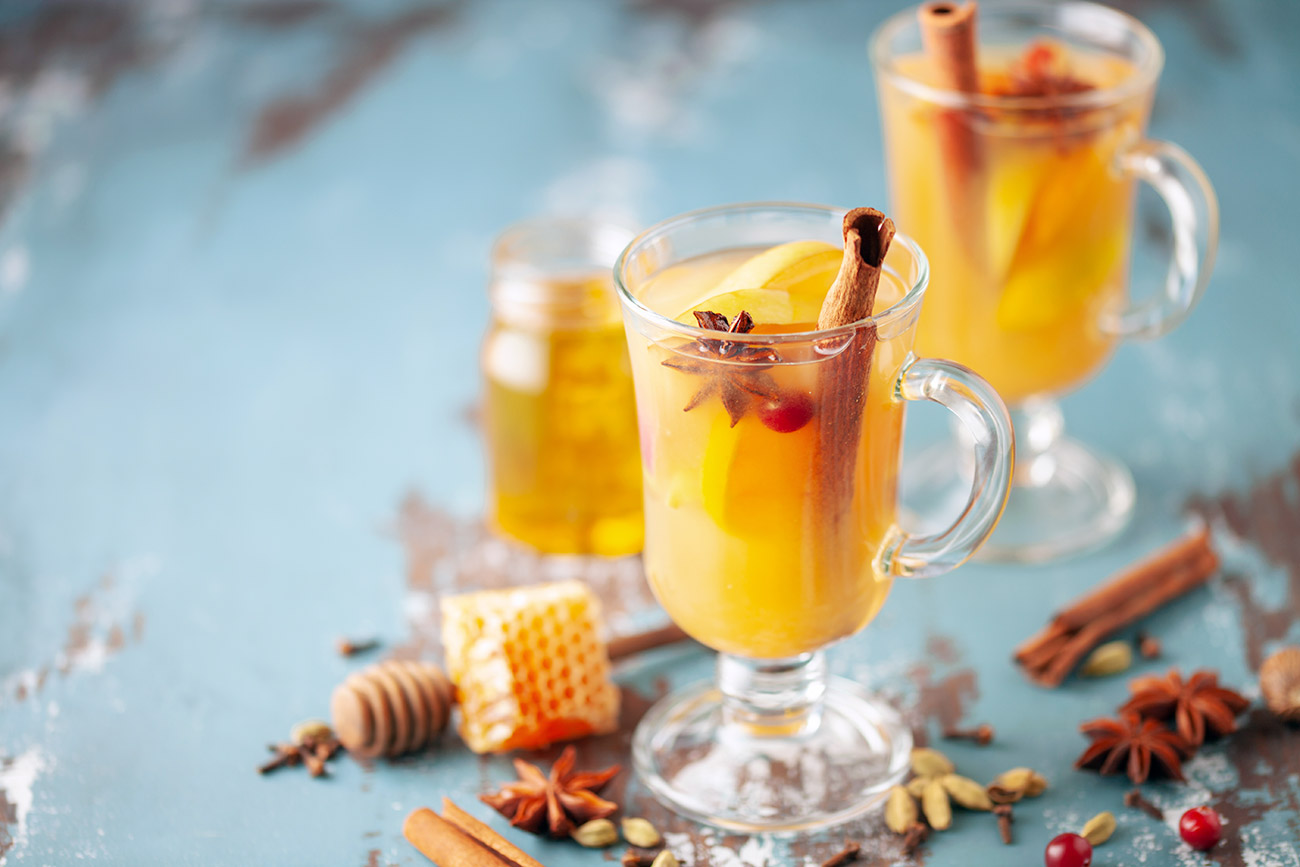
Various spices were added or whipped into this honey drink, making its taste piquant. In winter it was served hot – it warmed up perfectly, and in summer – chilled. Sbiten has been known since the 12th century: it was sold at fairs and in taverns, poured from special flasks similar to samovars. Sbiten was an excellent remedy for scurvy – it was kept on ships.



